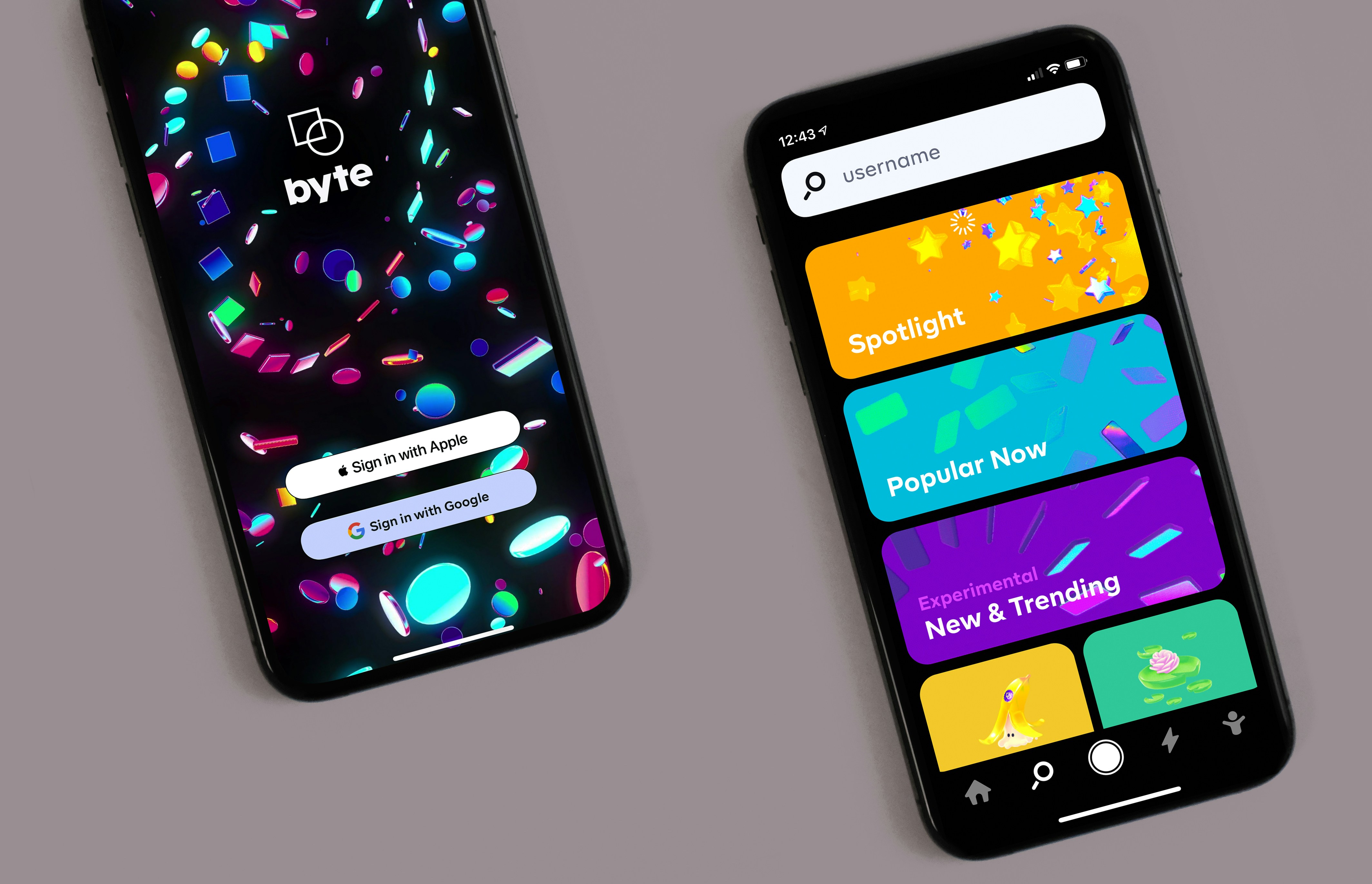Designing for User Experience: Key Considerations
UX Design: Essential Factors to Consider for Creating Seamless and User-Friendly Experiences
Posted on
Jun 24, 2024
Posted at
UX/UI
In today’s digital-first world, User Experience (UX) is more than a buzzword—it’s a vital component of any successful product. Whether you're developing a website, app, or platform, designing for user experience ensures your solution is intuitive, engaging, and effective.
This article explores the key considerations that help you build better, user-focused digital products.
Understand Your Users Deeply
Every good UX design starts with understanding the people you're designing for. Without real insights, you're guessing—not designing.
Ask:
Who are your users?
What are their needs, motivations, and pain points?
What are their goals?
Use tools like user personas, journey maps, and interviews to create an experience that’s grounded in real behavior—not assumptions.
Create Clear and Consistent Navigation
A user-friendly navigation system is essential. If users get lost, confused, or overwhelmed, they’ll leave—fast.
Tips:
Use familiar layouts and standard UI patterns
Label menus clearly and avoid industry jargon
Maintain consistency across pages
Use breadcrumbs or sticky headers for orientation
Good navigation is like a good map—it helps users get where they need to go without friction.
Prioritize Accessibility and Inclusivity
Accessible design benefits everyone, not just users with disabilities. It also broadens your reach and improves overall usability.
Best practices:
Ensure strong color contrast for text and backgrounds
Enable keyboard navigation and screen reader support
Use alt text for all images
Follow WCAG accessibility guidelines
Inclusive design shows you care—and it’s the right thing to do.
Focus on Speed and Performance
No one likes to wait. If your product is slow, users will bounce—regardless of how good the design is.
What to do:
Optimize images and reduce file sizes
Minimize the use of heavy scripts
Implement caching and lazy loading
Continuously test on different devices and connection speeds
Speed equals usability. A fast experience is a better experience.
Simplify the Interface
Cluttered interfaces overwhelm users and increase the risk of confusion or error. Keep it simple and purposeful.
Guidelines:
Eliminate unnecessary elements
Use white space to create breathing room
Group related content logically
Reveal complexity progressively as needed
Design is not just what you add—it’s what you choose to leave out.
Provide Meaningful Feedback
Every interaction should have a response. Users need confirmation that their actions were successful—or not.
Examples:
Show a spinner or loader during processing
Display clear success, error, or warning messages
Use animations or subtle microinteractions to show changes
Feedback builds trust and helps users stay in control.
Design for Mobile and Responsiveness
With mobile usage dominating the web, responsive design is a requirement—not a feature.
Tips:
Adopt a mobile-first design approach
Ensure touch targets are large and spaced properly
Avoid horizontal scrolling
Test responsiveness across devices and screen sizes
A great mobile experience is no longer optional—it’s expected.
Continuously Test and Iterate
UX design is an ongoing process. What works today may not work tomorrow.
Steps:
Conduct regular usability testing
Monitor analytics to identify user drop-off points
Collect qualitative feedback via surveys or support
Use findings to inform continuous updates
Keep learning, keep improving, and stay close to your users.
Align UX with Business Goals
Great UX also serves your business. The goal is to create an experience that helps users and moves the business forward.
How to align:
Define KPIs such as retention, conversion, or engagement
Guide users toward meaningful actions with clear CTAs
Integrate design decisions with your brand voice and tone
Balance user needs with business objectives for long-term success.
Conclusion
Designing for user experience is about empathy, clarity, and constant refinement. It's about building products that not only work—but feel right. By considering these key principles, you ensure that your users stay engaged, satisfied, and loyal.



